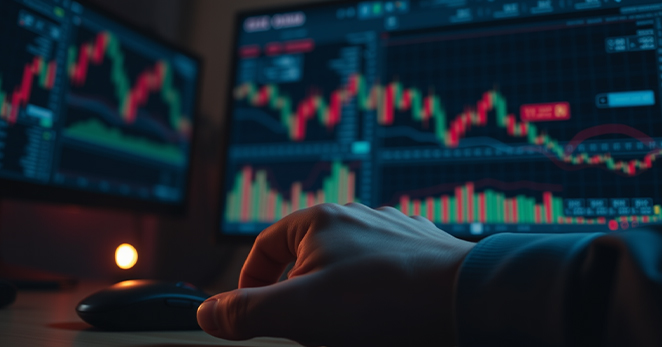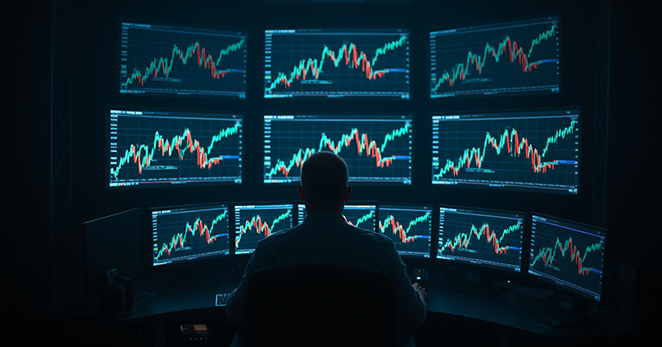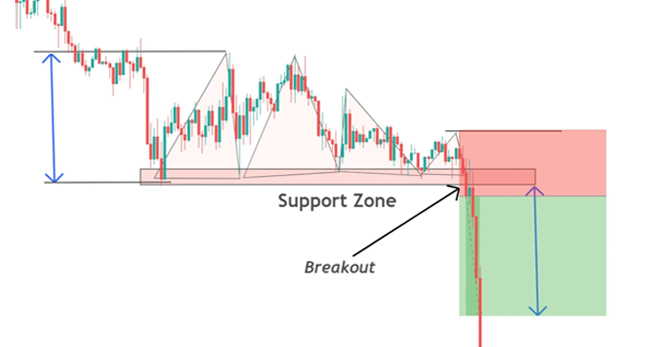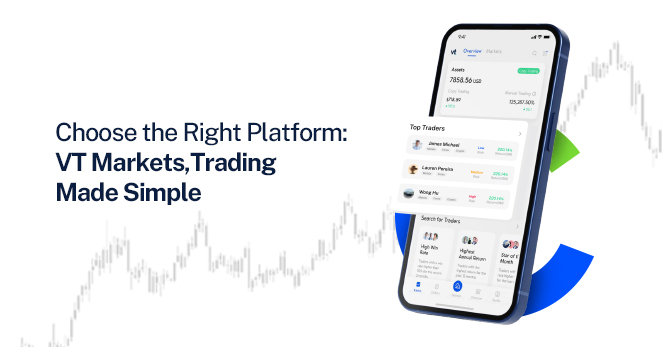
The moment of clarity in trading doesn’t arrive during theory sessions or webinars; it comes when you experience a structured trade in live conditions. The disparity between knowing something and implementing it well is enormous, and that void becomes evident the first time you identify and attempt a signature playbook trade.
A playbook trade is not just another market setup; it is a specific, repeatable scenario that aligns closely with the broader market narrative. It has unique structural characteristics and context, making it easy to recognize once you’ve trained your eye. Most importantly, starting with this type of trade offers a strategic advantage: it typically provides a statistically high probability of safety and success.

Over 90% of the outcomes from this trade usually fall into one of the following categories:
- You secure profit.
- You exit at break-even.
- You incur only a minimal, controlled “paper cut” loss—a reduced risk exposure compared to the original stop.
This favorable risk profile allows traders to build confidence through repetition without the mental toll of frequent losses. It offers the psychological support needed during the early stages of skill development.
Imagine it’s the weekend, and the markets are closed. You’re studying charts and analyzing how this specific trade has evolved over the past sessions, with guidance from a mentor who has executed it hundreds of times. When the market opens on Monday, you find that despite your preparation, your execution falters. Why does this happen? Because trading is a performance skill. Like learning a musical instrument or a sport, making mistakes is inevitable when shifting from theory to practice.
The value of repetition and feedback becomes clear in this context. The appeal of the signature trade lies in its daily recurrence: sometimes it happens once, while other times it may occur several times. This provides consistent opportunities to refine your timing and develop execution discipline. With structured coaching, you can start to correct your mistakes, and with each attempt, you will improve.

Eventually, repetition leads to clarity. You started to isolate trading into black-and-white scenarios. There’s no ambiguity, you know exactly what the trade looks like, when it happens, and how to act. This shift in perception marks a turning point in a trader’s journey. You stop trading with the hope of making money and begin trading strategically and deliberately to take money from those who lack your level of structured preparation.
Once the signature trade becomes second nature, your cognitive load decreases. You no longer need to think about the mechanics of execution. This newfound mental bandwidth allows you to observe deeper market behaviors that were previously obscured. Your market awareness expands, not just in breadth, but in depth.
At this phase, you begin to perceive the market narrative: the collective behavior of various participants. You no longer just see charts or indicators; you recognize who’s acting in the market and why. These participants include:
- Poorly skilled or impulsive retail traders
- Highly disciplined professionals
- Institutional actors
- Market makers
- Algorithmic and high-frequency trading systems

Each group behaves differently at key moments in the market, and learning to identify their actions provides strategic insights into short-term price movements. This understanding forms the backbone of professional-grade trading.
In time, your trading sessions begin to reflect this deeper understanding. A typical day might include a 40-minute high-focus session involving several playbook trades—all aligned with a well-defined pre-market plan. After a short break, you return to the market, observe the narrative unfolding, and act only when conditions align with your plan and strategy.
The foundation of this approach is clear:
- Start with one signature trade and master it.
- Leverage repetition, feedback, and review to make execution second nature.
This structured approach fosters consistency, which in turn builds confidence. With confidence, you start viewing trading not as a game of chance but as a measurable and repeatable performance activity.
Most importantly, you will stop overtrading, cease reacting emotionally, and act like a professional because your decisions will now be based on data, a solid framework, and your own experience.
Ready to Trade with Structure?

VT Markets offers the platform, tools, education, and support you need to build and refine your trading strategy. Structured learning, combined with consistent execution and feedback is the foundation of sustainable success.
If you’re still trading without a signature strategy or structured feedback, you’re not seeing the full potential of what trading can offer.
Start with one trade & refine it.







